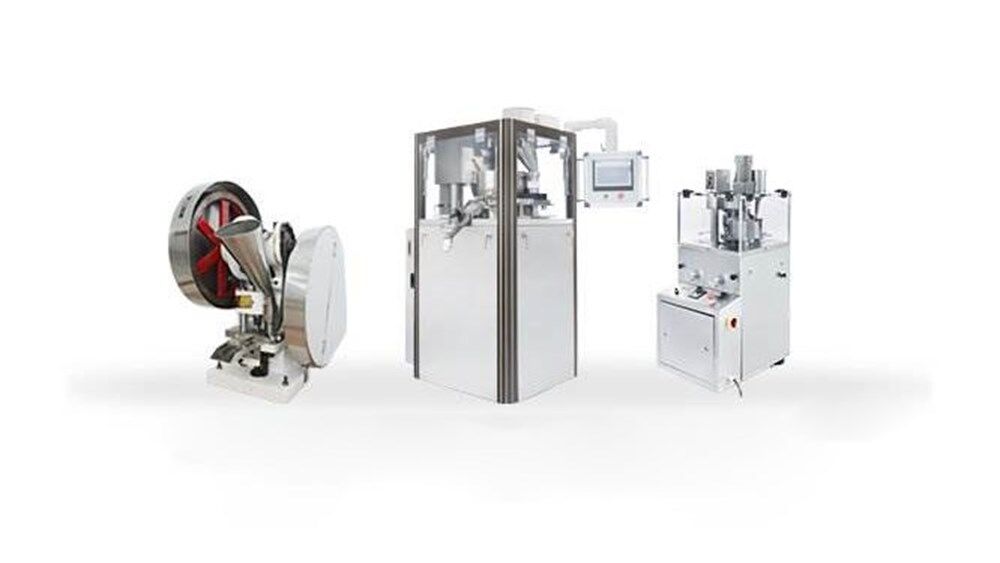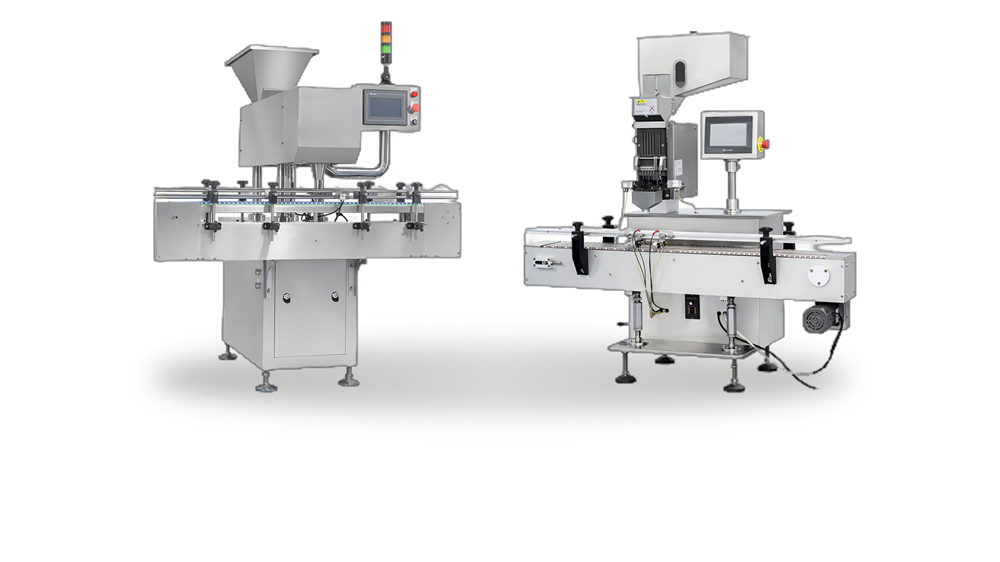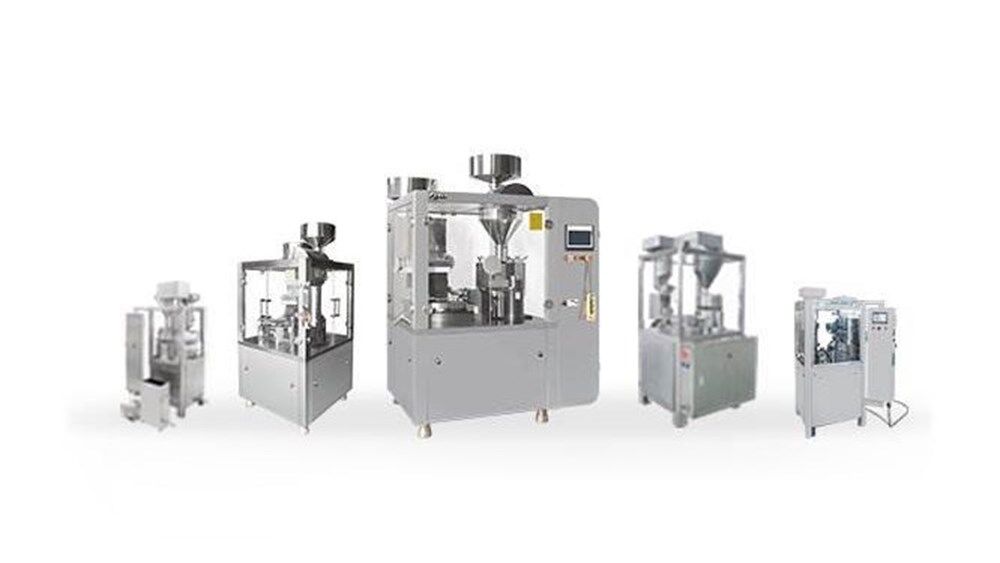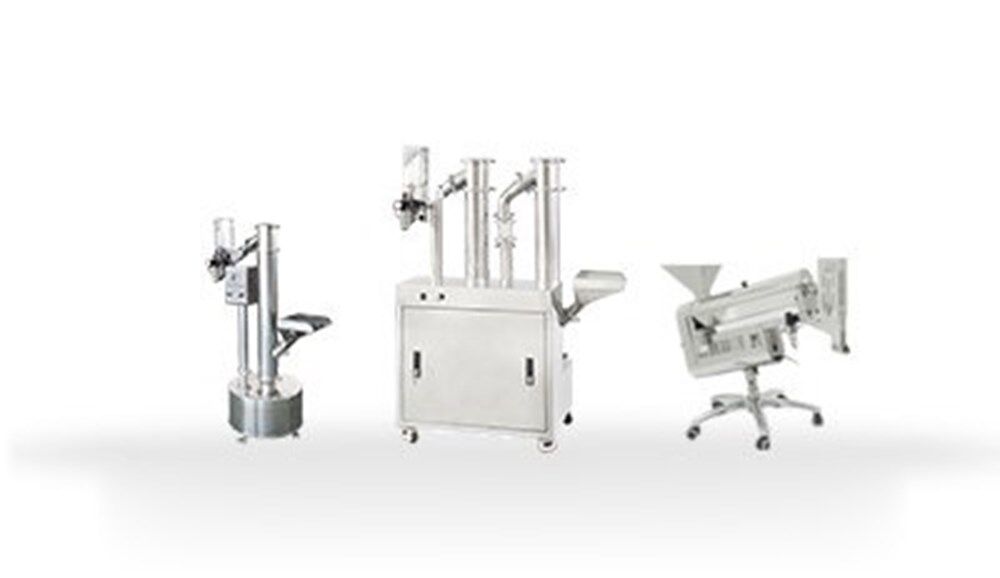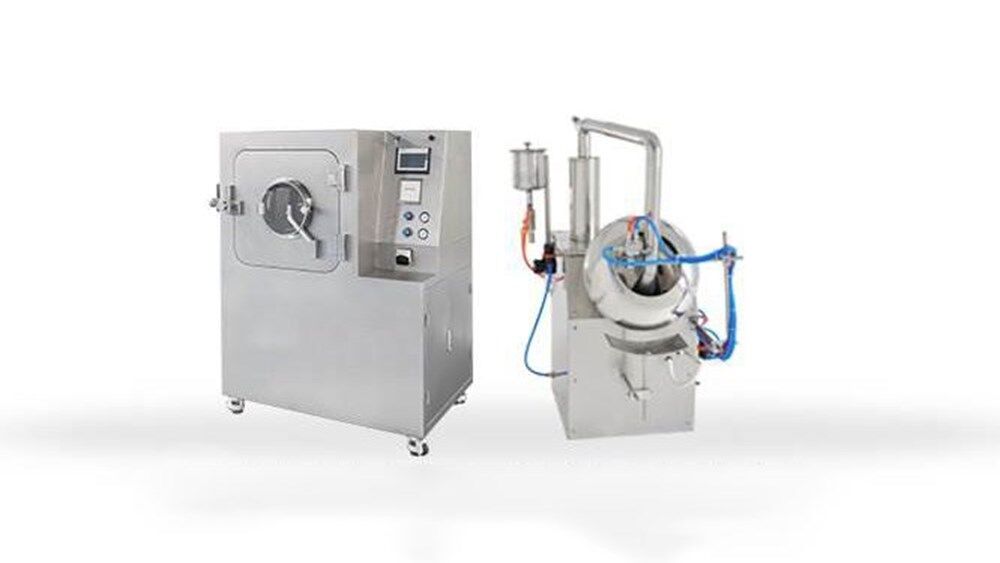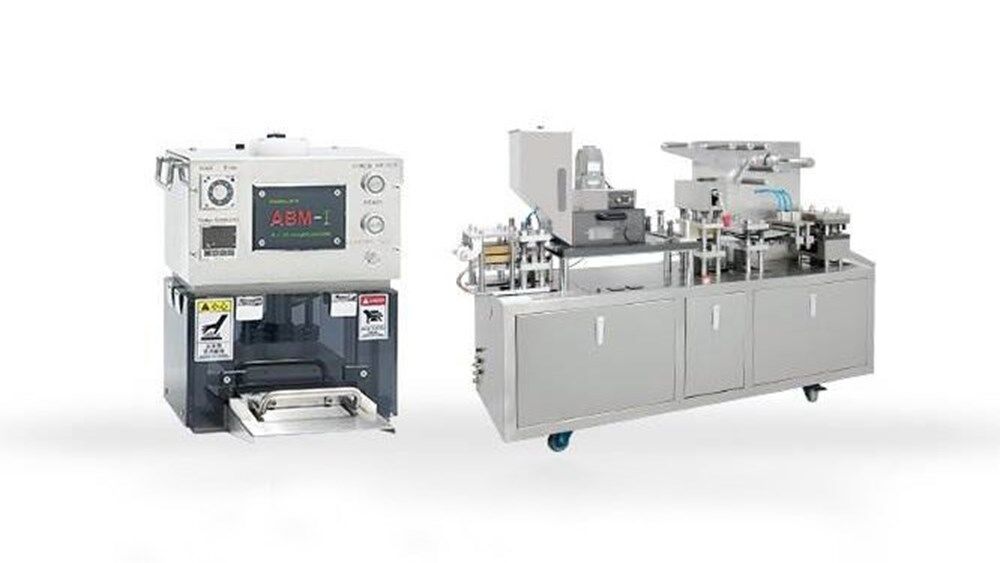Liquid-filling Hard Capsules Technology
The development of capsules has been around for thousands of years. In 1500 BC, the first capsule was born in Egypt. From the beginning, the capsule entered a slow development stage. However, for a long time, the capsules did not develop very quickly, mainly due to technical limitations. After the industrial revolution, many new capsule manufacturing technologies were invented, and capsule production entered a new stage of rapid development.
1730, the Vienna pharmacist began making capsules from starch.
1834, Capsule manufacturing technology patented in Paris.
1846, the two-section hard capsule manufacturing technology was patented in France.
1872, the first capsule manufacturing filling machine was born in France.
1874, industrial production of hard capsules began in Detroit and many models were introduced.
1888, The technology for making hard capsules is patented in Detroit.
1931, the fastest capsule manufacturing technology has reached 10,000 capsules per hour.
1935, soft capsules were invented.
1984, Japan produced the world's first capsule sealing equipment.
Since the beginning of the 21st century, new capsule types, Liquid-filling Hard Capsules, have begun to appear in Japan and the United States, and sealing technology has begun to be widely used. In view of the high investment and huge risks in the development of Active Pharmaceutical Ingredients, new technologies that invest less risk and shorter return time have become a key driver for expanding OTC and dietary supplement lines.
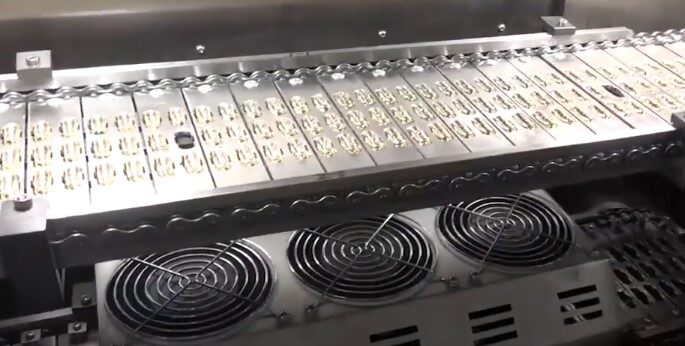
Liquid-filling Hard Capsules are two-piece capsules that are specially sealed to protect the liquid. Gelatin or HPMC housings are a new way to deliver replenishing fluids that allow the liquid in the capsule to be released quickly.
It is not only used for dietary supplement lines, but also has a good application in the use of other medicines, because it has many advantages that other packaging methods do not have, mainly in the following aspects:
- Cover up bad smell.
- Avoid some semi-solid content leaks.
- Avoid opening powders for inhalation/double-blind experiments.
- Avoid contact between the active ingredients of the capsule and the air, oxidation problems, etc.
- Preventing counterfeit products from being counterfeited, because Liquid-filling Hard Capsules is more expensive, it is more difficult to counterfeit. In addition, because this is a patented technology, equipment needs to comply with the OTC product regulations, and all OTC products need to have anti-counterfeiting marks on the capsules.
- Applied to certain special liquids.
Due to the many advantages of Liquid-filling Hard Capsules, there will be a large number of market opportunities for this new type of capsule, and this technology is constantly evolving and will provide more opportunities for the development of the product, such as pH Sensitive coating for targeted release of the gastrointestinal tract. Multi-chamber filled capsules enable simultaneous filling of solids and liquids. Chewing development of semi-solid drugs. This is a valuable opportunity for the global pharmaceutical manufacturing industry. When developing new products, you should re-examine the formulation strategy to speed up development, reduce development costs, and observe market reactions to make your products successful in the market.
ipharmachine offers Automatic Liquid Capsule Filling and Sealing Ma chine with loading speeds up to 15600pcs/hour.
Leave your comment
Also Offers
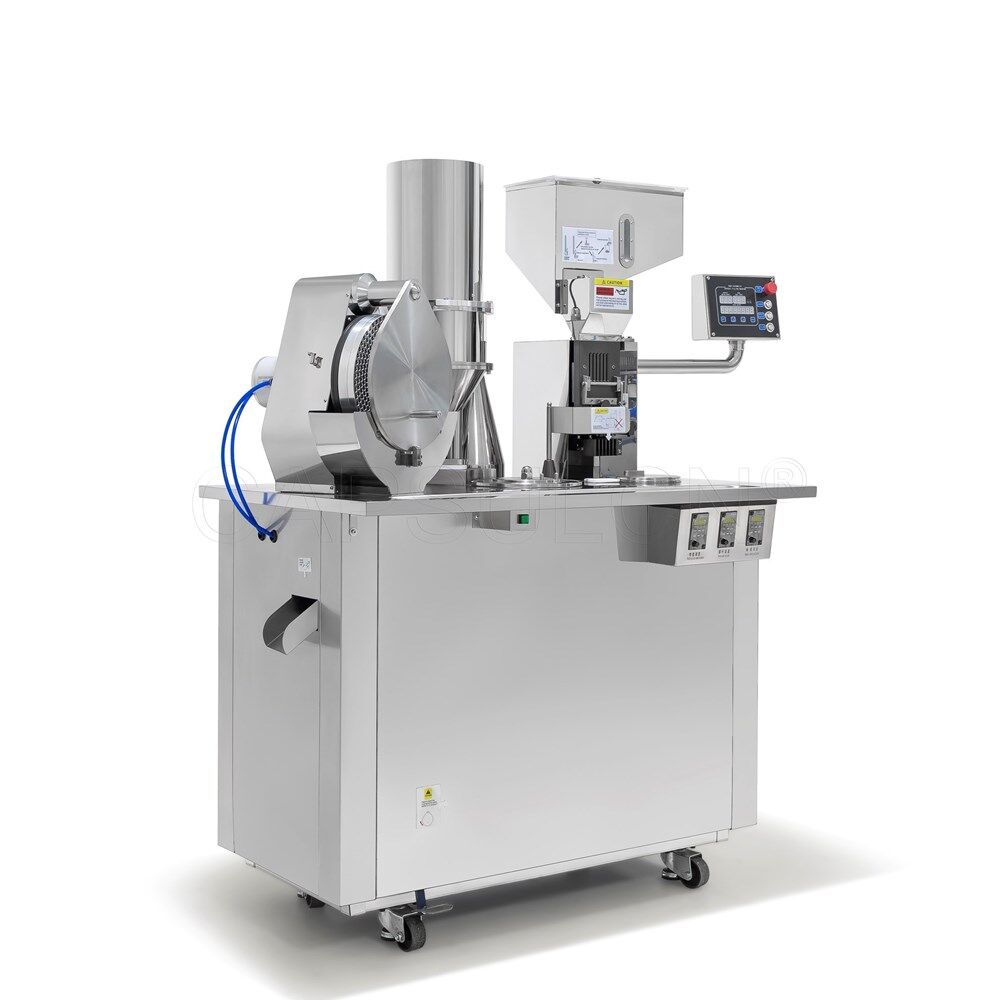
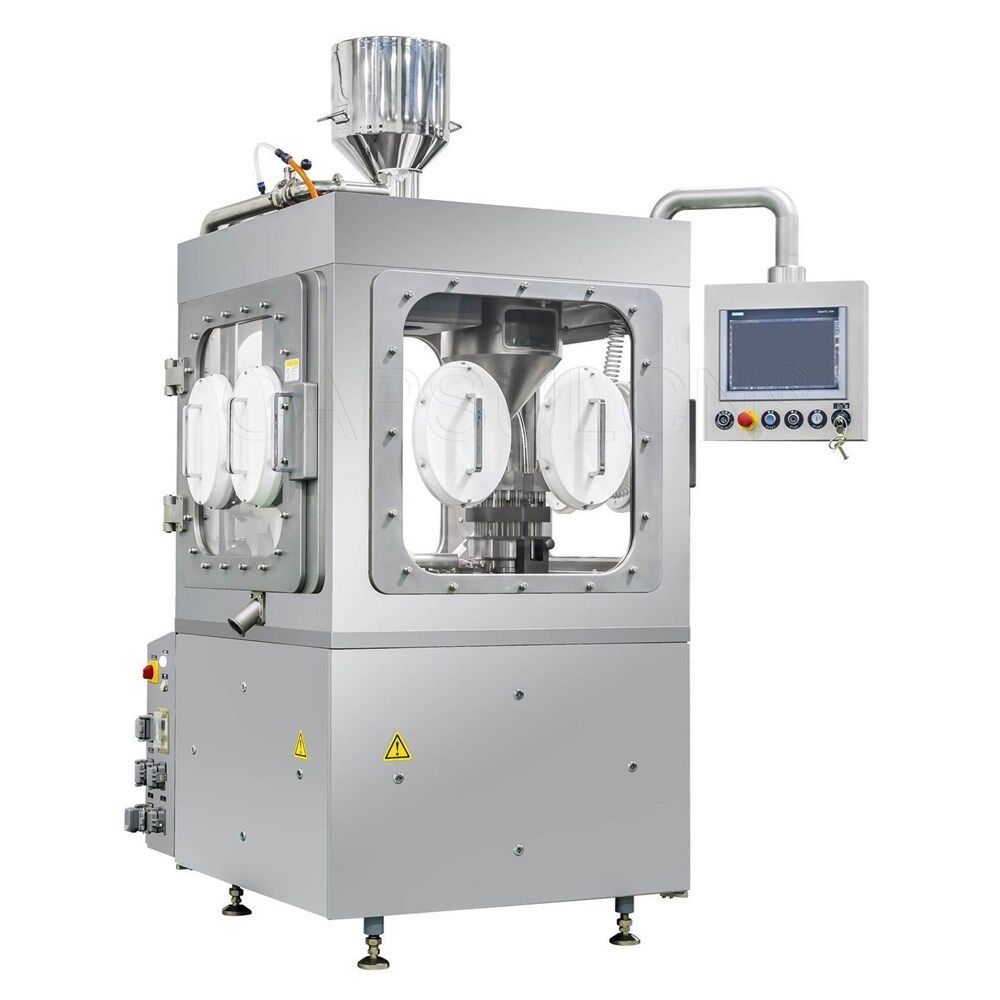
Containment Automatic Capsule Filling Machine SFK-703
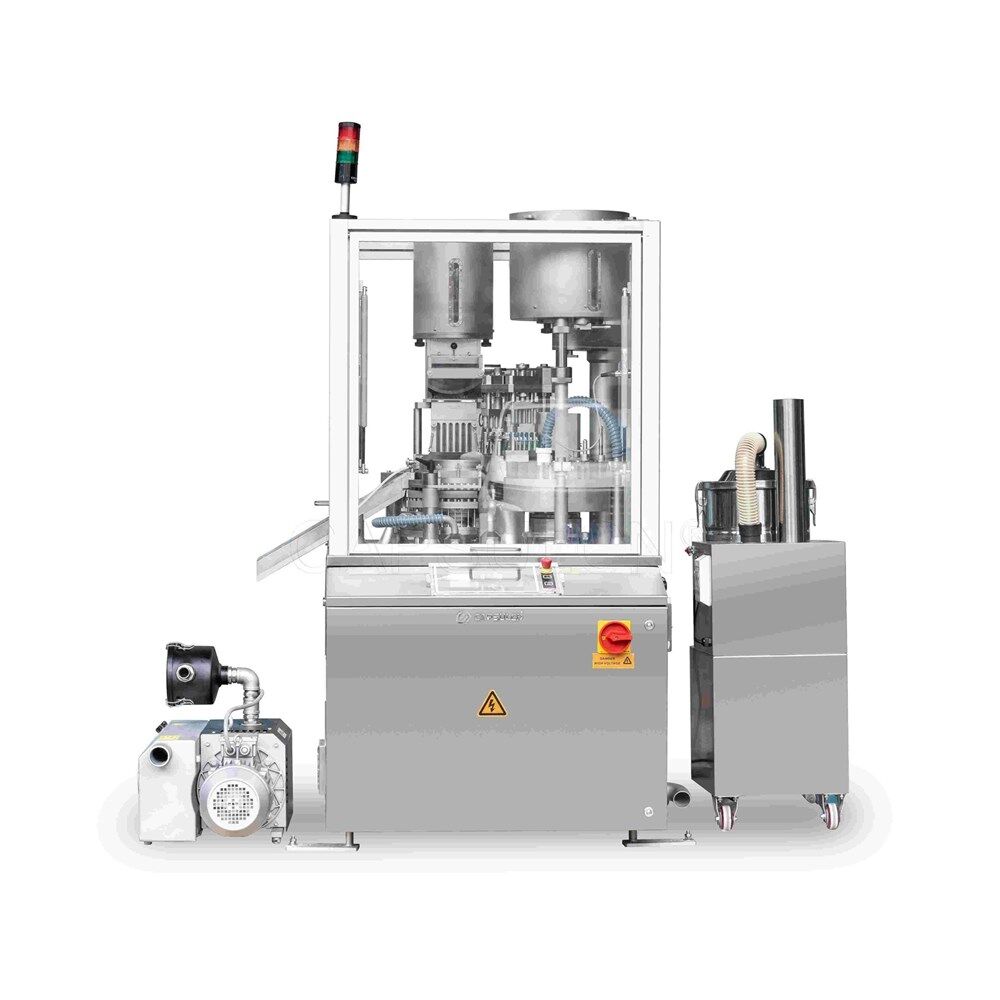
Fully Automatic Dosator Capsule Filling Machine CZ-40
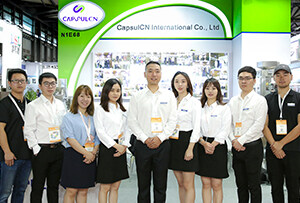
Our Team
As an expert in the pharmaceutical and pharmaceutical packaging industry, iPharMachine has provided solutions for hundreds of pharmaceutical and health product manufacturers for 17 years. By visiting customers, we get good reviews from our customers.
- info@ipharmachine.com
- English Español Deutsche
